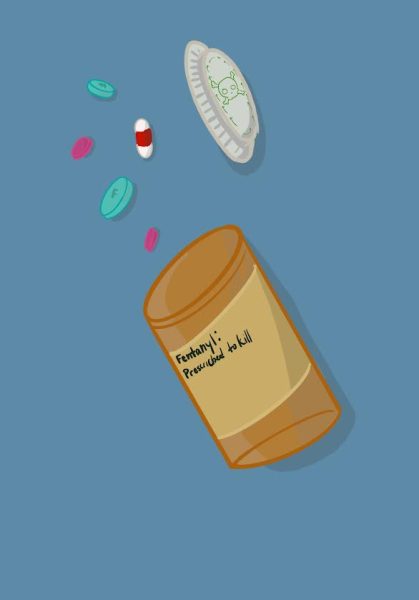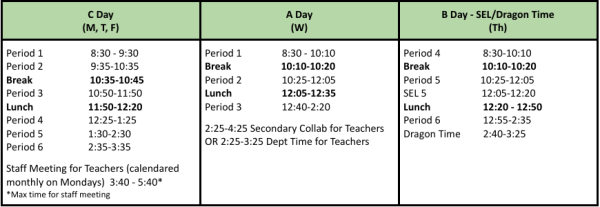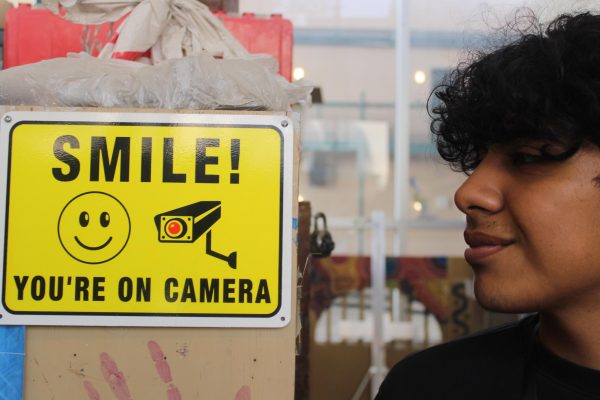Lettuce Warn You About E. Coli
If you’re craving caesar salad, you’re going to have to wait. Almost a month after CDC warnings, the romaine lettuce section in stores are still empty. Questions began to arise when health officials sent out an unexpected warning two days before Thanksgiving, advising people, restaurants, and grocery stores to throw away all romaine lettuce. Agencies took caution after 32 people in 11 states became sick, as E. coli was found in their system. Currently, a total of 52 people have been affected.
Since Nov. 20, a total of 43 cases have been reported in California, New Jersey, New York, Michigan, New Hampshire, Massachusetts, Illinois, Rhode Island, Connecticut, Maryland, Ohio, and Wisconsin. The New York Times stated that “Roughly a third of the cases were reported in California.”
Trying to solve where this outbreak began led the investigation to a dead end. Six days after the warning, the U.S. Food and Drug Administration linked their assumption to lettuce growing areas in northern and central California. No deaths have been reported, but the origin of the contamination explains why one third of the cases were reported in California.
Consumers are questioning the safety of buying lettuce two weeks after the outbreak. According to The New York Times, “the industry had agreed to label romaine lettuce with the harvest date and region.”
Lettuce from regions other than California appears to be safe to eat. As the outbreak dies down, the next question is how to stop future cases ahead of time.
The F.D.A. stated “that the industry would establish a task force to adopt standards for traceability of its products.” They also plan on preventing cases from extending this significantly.
Having a clean break from romaine lettuce in stores and restaurants can help assure the that the contamination is completely gone. The F.D.A’s suggestions and statements intend to help establish future regulations and standards.











